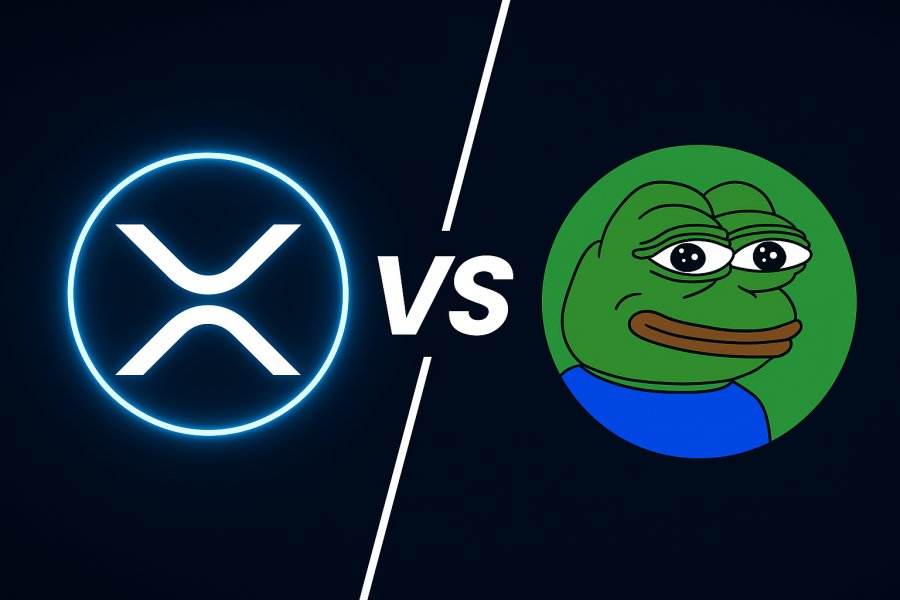Hidden salt costing lives


Unnecessary salt intake is associated with high blood pressure in the adult population and there is now evidence showing excessive salt consumption will influence blood pressure, respiratory illnesses, stomach cancer and obesity in children.
Although the older population and certain ethnic groups are at immediate risk, the youth are at the greatest risk of health-related problems due to salt intake. Salt intake is similar to other cumulative risk factors such as obesity, tobacco and alcohol use – the longer you abuse it, the greater the risk.
Cardiovascular disease is one of the leading causes of death worldwide totaling 17.3 million deaths per year according to the World Health Organization (WHO). Salt intake is directly linked to the main cause of strokes, heart attacks and heart failures. It’s also known to produce kidney disease, kidney stones, obesity and exacerbating the symptoms of asthma, Meniere’s disease, Alzheimer’s disease and diabetes.
The World Action on Salt and Health (WASH) has been created in efforts to curb this global catastrophe. WASH will be holding it's global World Salt Awareness Week on Monday 11th – Sunday 17th March 2013. The ‘Less Salt Please’ theme will show how everybody, including chefs, can use less salt and still enjoy the great flavor of food.
The overall aim is to bring a reduction in salt intake throughout the world to the World Health Organization’s recommended maximum intake of 5g per day. This can be achieved by reducing the amount of salt in processed foods as well as salt added during cooking and at the table. However, most people that eat too much salt don’t even realize that as much as 75 % of the salt that we eat is already in the food that we buy.
Locating hidden salt
For starters, we must understand the importance of reading and understanding food labels to help us select low salt or sodium options. Food companies primarily add salt to increase the shelf life, not the nutritional value of their products. Salt is a well-known preserving agent for a variety of meats, fish and convenience foods.
Checking food labels allows one to compare a variety of brands and products that are lower in salt. An important consideration is the serving size of the food selected. Many food labels state the amount of salt per serving. If there are three servings in a container, you must take the total sodium and multiply by three.
Foods high in salt have more than 1.5g salt / 100g (or 0.6g sodium / 100g)
Foods low in salt have less than 0.3g salt /100g (or 0.1g sodium / 100g)
An informed consumer can take control of the amount of salt in personal food preparation by simply looking at the food label. However, counting one’s salt intake is difficult if one chooses to eat out in restaurants, cafes and takeaway establishments. A lot of the food industry serves salt-laden, unhealthy, preservative-rich foods.
Tips to reduce salt when dining out
The best way to reduce one’s salt intake is to ask a lot of questions when ordering. Ask about sauces, marinades and rubs as they are likely loaded with excess salt. Also look for the words ‘salt’ ‘salted’, ‘smoked’ or ‘cured’ in the name. It’s important to know what kind of meat is in the dish as well. Processed meats and fish such as ham, bacon, salami, sausages, pate, smoked fish have the highest amount of salt.
Takeaway restaurants are often the worst as they simply assemble their foods from boxes versus preparing fresh foods from scratch. It’s important to cut back on sauces such as soy sauce, ketchup, brown sauce, pickled condiments and salad dressings as these can be very high in salt. Take it easy on the cheeses, olives, deli meats, and croutons in salads and ask for salad dressings on the side, if at all.
It’s important to stick to lean meats and fresh vegetables that are grilled, baked or roasted. Ask for steamed vegetables with a squeeze of lemon instead of sauces or additional cheeses. And, always remember to taste one’s food before adding any additional salt.
Shopping and cooking with less salt
Convenience foods are also found in grocery stores. Pizza, pasties, ready-made meals, canned, boxed and even certain frozen foods should be closely looked at. Snacks such as crisps, salted nuts, popcorn and processed snack meats commonly sneak into the shopping cart.
Look for fresh, tinned or frozen meats and vegetables with no added salt or preservatives. Cooking these food items from scratch will have significantly less salt than dining out or eating assembly food from a box. When preparing fresh foods, avoid adding salt while cooking or serving.
A food can be salty without tasting the salt. Breakfast cereals, soups, sauces, ready meals, breads, cheeses, cakes and biscuits often do not taste salty at all. One or two servings of these foods often contain more salt that is recommended for adults and especially children. The consumer is completely unaware due to the amount of sugar that suppresses the saltiness.
Taste buds eventually get used to high levels of salt and it’s common for one not to notice the saltiness of some foods. When people eat less salt their taste buds become more sensitive again.
Young and old need to worry about salt
Eating too much salt can raise blood pressure at any age. The global trends of obesity, diabetes, and diminished lifestyle factors such as poor diet and physical inactivity will increase the risk of developing heart disease earlier and earlier. Children are often victims of not knowing what they are eating.
Parents are more likely to feed their children processed foods and takeaways in our high-paced, busy life. We often classify salty foods as treats and give them to our children for a job well done.
Cutting back on salt may be difficult at first but within a few weeks one’s taste buds will adjust and you’ll taste the same amount of flavor, with less salt!. The important item is consistently improving one’s health over time. No one’s perfect but striving to reduce salt intake will improve quality of life, health, and overall longevity.
It’s still a good idea to cut salt intake even if you’re lean, healthy and don’t have high blood pressure. Blood pressure often increases with age and additionally a high salt diet is linked to osteoporosis, stomach cancer, kidney disease and obesity. Don’t wait to develop a health condition to try to reverse it. Prevention is the key.
For additional information on World Action on Salt and Health, visit: www.worldactiononsalt.com
Dr. Cory Couillard is an international healthcare speaker and columnist for He works in collaboration with the World Health Organization's goals of disease prevention and global healthcare education.





